Are you exploring materials for water electrolysis and wondering if titanium anodes are suitable? The technical requirements for electrolysis can seem demanding. Let me clarify why titanium is a strong candidate.
Yes, titanium anodes, especially when coated with Mixed Metal Oxides (MMO), are excellent for water electrolysis. Their corrosion resistance, conductivity, and durability make them ideal for stable oxygen evolution and hydrogen production.
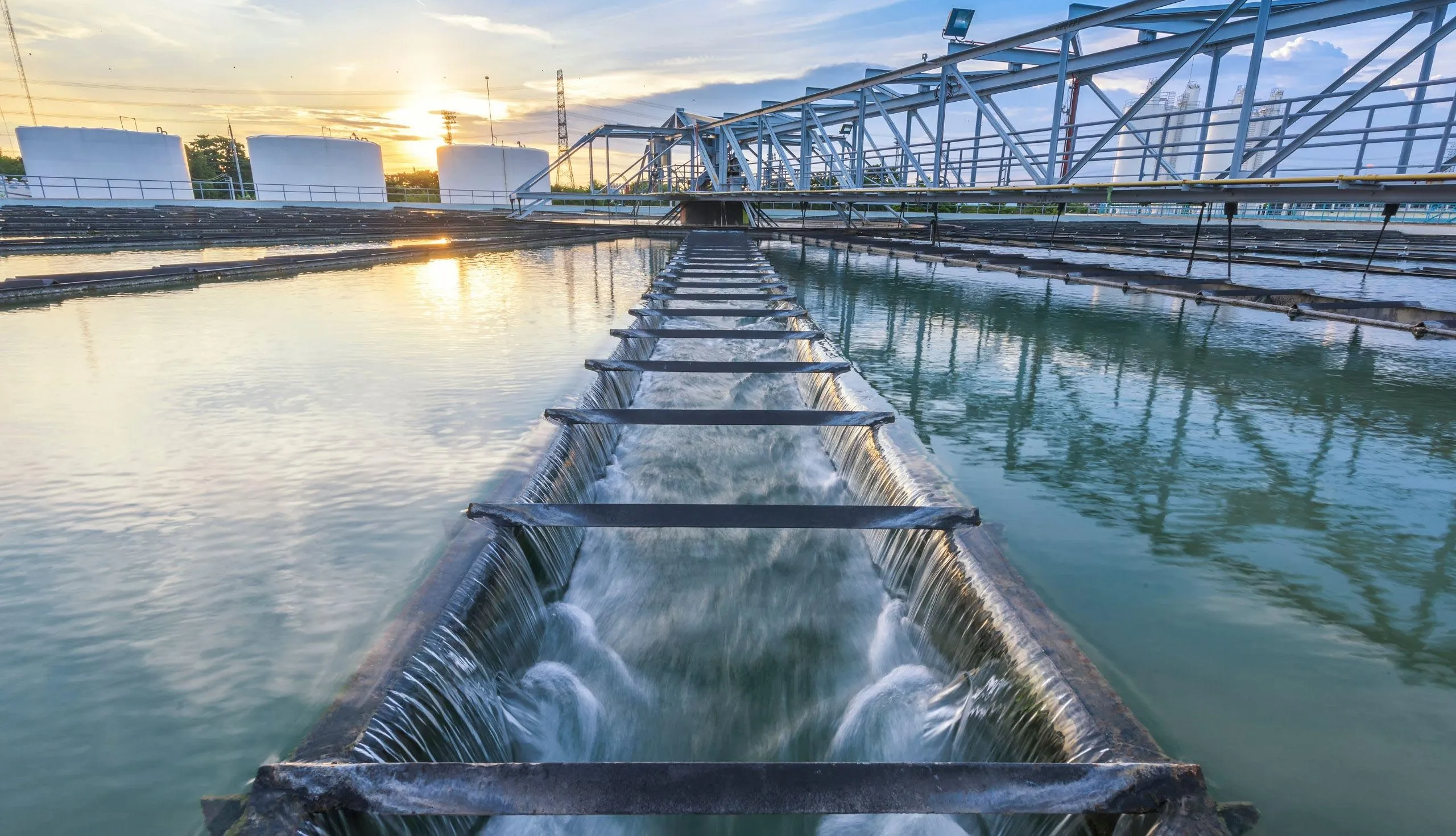
Absolutely—and I’ve seen it perform remarkably well in both lab and industrial-scale water electrolysis projects. Titanium anodes, especially when coated with mixed metal oxides (MMO) like IrO₂ or RuO₂, are ideal for water electrolysis thanks to their corrosion resistance, electrical conductivity, and long-term durability. What makes titanium anodes stand out is their ability to operate in aggressive electrolytes without degrading, even during prolonged electrolysis. Having worked in the titanium industry for years, and with direct ties to China’s titanium manufacturing base in Baoji, I’ve helped clients across various sectors customize electrode assemblies for water electrolysis systems.
Is titanium good for electrolysis?
Is titanium’s reputation for strength and corrosion resistance enough for electrolysis? You might be concerned about its performance under the electrochemical stress of splitting water. The answer is a resounding yes, especially with the right enhancements.
Titanium is very good for electrolysis, particularly when used as a substrate for catalytic coatings. Its inherent corrosion resistance and stability make it an excellent base for efficient and durable electrodes in various electrolysis applications.
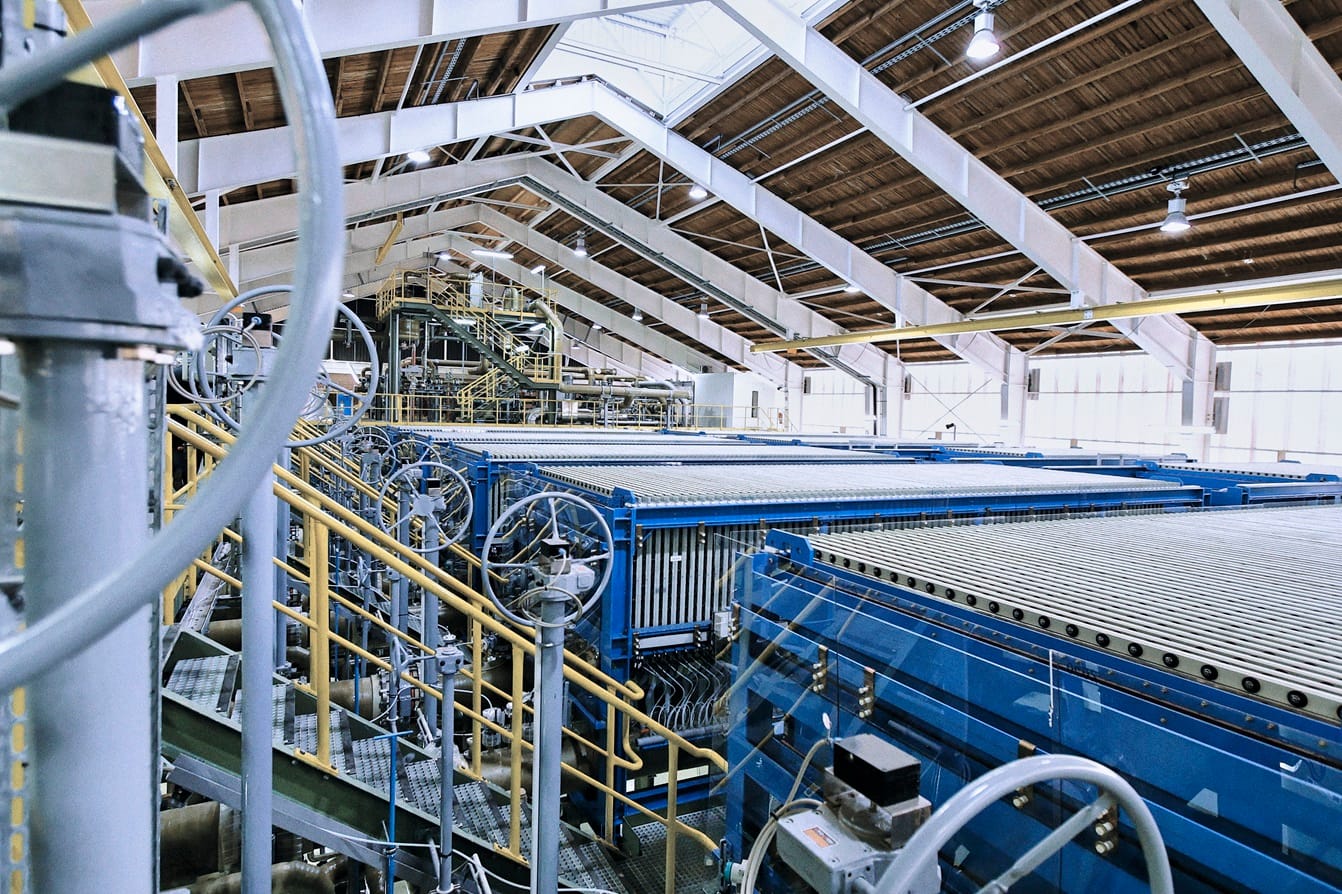
Titanium is an excellent choice for many electrolysis applications, primarily because of its robust nature. The key is that for most efficient electrolysis processes, especially water electrolysis for hydrogen and oxygen production, or brine electrolysis for chlorine, pure titanium isn’t typically used as the active anode surface itself. Instead, it serves as a highly stable and corrosion-resistant substrate (base material) for a catalytic coating. These coatings, often Mixed Metal Oxides (MMO) like Iridium Oxide (IrO₂) or Ruthenium Oxide (RuO₂), are the actual electrochemically active sites that facilitate the desired reactions (like oxygen evolution or chlorine evolution) with lower energy consumption (lower overpotential).
My insight highlights this: "Titanium anodes, especially when coated with mixed metal oxides (MMO) like IrO₂ or RuO₂, are ideal for water electrolysis." The titanium base provides several advantages:
- Exceptional Corrosion Resistance: It withstands aggressive electrolytes and the products of electrolysis without significant degradation. This is crucial for long electrode life and maintaining the purity of the products.
- Dimensional Stability: Unlike some older electrode materials (like graphite in brine electrolysis), titanium anodes maintain their shape and size over long periods of operation. This ensures consistent electrode gaps and stable cell voltage.
- Good Electrical Conductivity: While not as conductive as copper, titanium’s conductivity is sufficient for efficient current distribution across the electrode surface.
- Mechanical Strength: Titanium is strong and durable, allowing electrodes to be made in various forms (mesh, plate, tube) that can withstand the rigors of industrial operation.
So, while the titanium itself isn’t usually the primary catalyst, its properties make it an almost ideal support structure for the catalytic coatings that make modern electrolysis processes efficient and economical.
Can you use titanium as an anode?
Wondering if titanium is a suitable material to serve as an anode in electrochemical cells? You might be questioning its ability to handle the oxidative environment at the anode. Yes, it’s a well-established practice.
Yes, titanium can be, and very commonly is, used as an anode in many electrochemical processes. Its excellent corrosion resistance and ability to support catalytic coatings make it highly effective for this purpose.
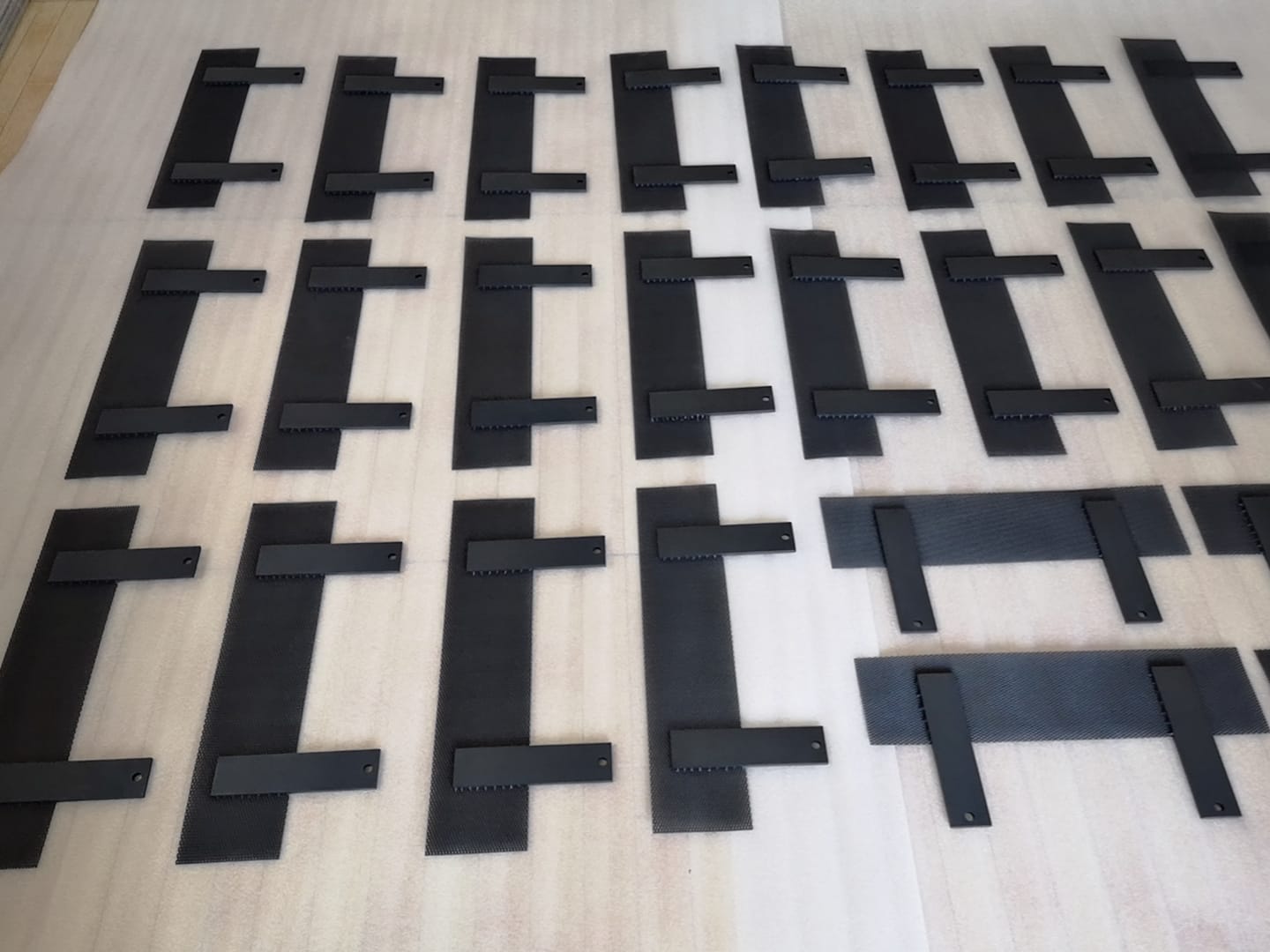
Titanium is extensively used as an anode material in a diverse range of electrochemical applications. While a piece of pure titanium can function as an anode, its most powerful and common use as an anode is when it acts as a substrate (a base or support material) for a specialized electrocatalytic coating . These coatings, often composed of precious metal oxides like iridium oxide (IrO₂) or ruthenium oxide (RuO₂), or a mixture of these (Mixed Metal Oxides – MMO), are applied to the titanium surface. It’s this coating that primarily drives the desired electrochemical reaction (e.g., oxygen evolution in water electrolysis, or chlorine evolution in brine electrolysis).
My insight directly states, "Titanium anodes, especially when coated with mixed metal oxides (MMO) like IrO₂ or RuO₂, are ideal for water electrolysis." The titanium itself provides:
- A Stable Platform: Due to its exceptional resistance to corrosion in many aggressive environments, the titanium base does not easily degrade, ensuring a long lifespan for the anode structure.
- Good Electrical Connection: It efficiently conducts the electrical current to the catalytic coating.
- Mechanical Integrity: Titanium’s strength allows the anode to be fabricated in various shapes (mesh, plates, rods, tubes) suitable for different electrolyzer designs .
Therefore, when you hear about "titanium anodes," it almost always refers to these coated titanium structures, which combine the catalytic prowess of the coating with the durability and stability of the titanium base. This combination is crucial for efficient and long-lasting performance in demanding industrial processes, and it’s something I’ve seen successfully implemented in countless projects with clients relying on China’s advanced titanium manufacturing capabilities.
What is the best electrode material for water electrolysis?
Searching for the optimal electrode material for water electrolysis can be complex. You want efficiency, durability, and cost-effectiveness. While "best" can be subjective, coated titanium often emerges as a top contender for anodes.
For the anode in water electrolysis, MMO-coated titanium (e.g., IrO₂ or RuO₂ on titanium) is often considered the best due to its high efficiency for oxygen evolution, excellent corrosion resistance, and long service life. For the cathode, platinized titanium or nickel-based alloys are common.
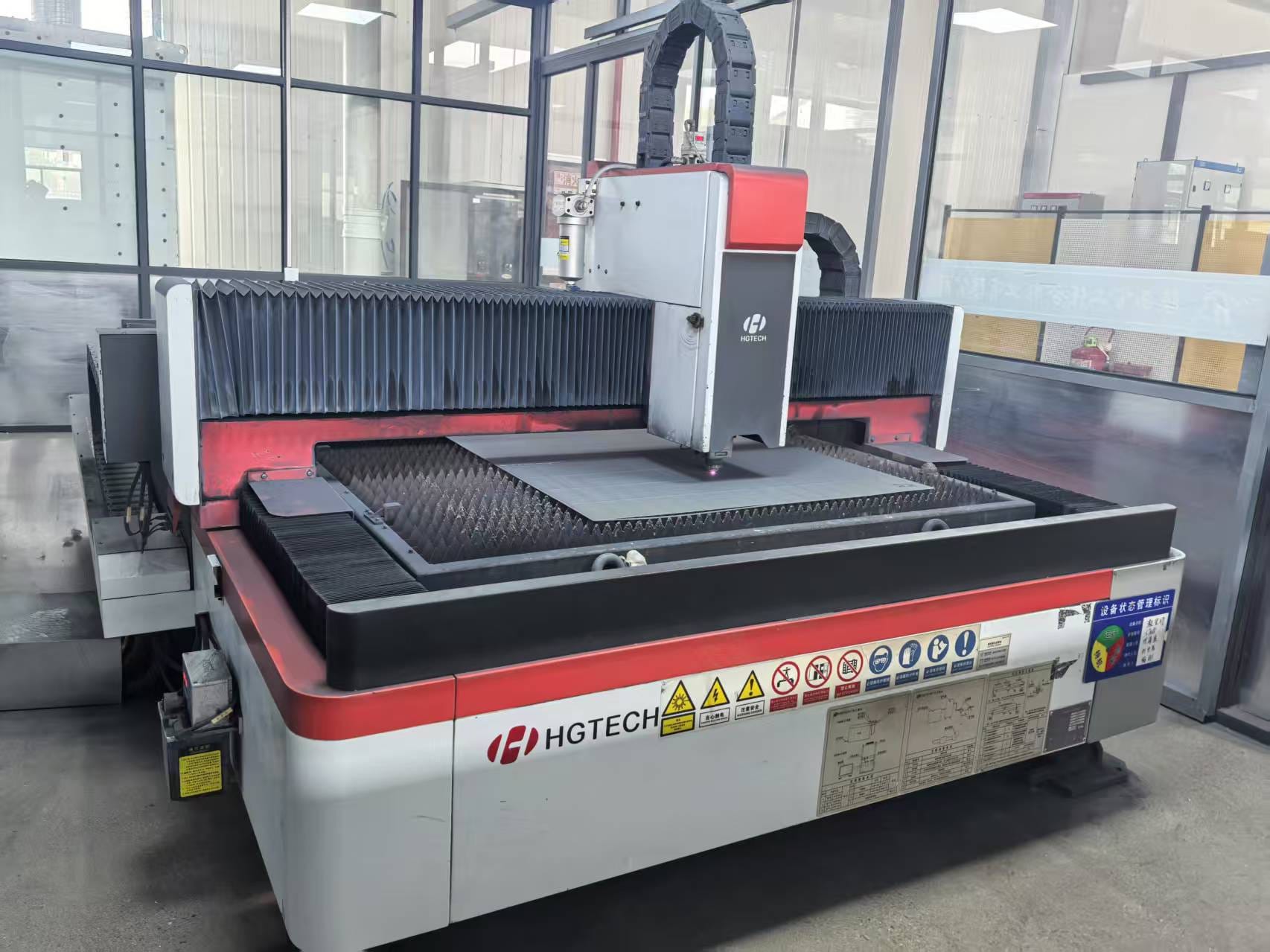
The "best" electrode material for water electrolysis depends on several factors, including the type of electrolyzer (e.g., alkaline, PEM, SOEC), the operating conditions (pH, temperature, current density), and cost considerations. However, for the anode (where oxygen evolution occurs – OER), and often for the cathode (where hydrogen evolution occurs – HER), materials based on titanium play a crucial role.
As I highlighted in my insights, "Titanium anodes, especially when coated with mixed metal oxides (MMO) like IrO₂ or RuO₂, are ideal for water electrolysis." Here’s why:
For the Anode (Oxygen Evolution Reaction – OER):
- MMO-Coated Titanium: This is widely regarded as the state-of-the-art for many water electrolysis systems, especially in alkaline and PEM (Proton Exchange Membrane) electrolyzers.
- Catalytic Activity: Coatings like Iridium Oxide (IrO₂) or Ruthenium Oxide (RuO₂) are highly effective catalysts for the OER, reducing the energy needed to split water.
- Corrosion Resistance: The titanium substrate provides exceptional stability in the harsh oxidative environment at the anode [3][4][5][12].
- Durability: These anodes offer a long service life, which is critical for industrial applications [3][4][5][12]. My experience helping clients customize these for hydrogen production confirms their reliability.
For the Cathode (Hydrogen Evolution Reaction – HER):
- Platinum Group Metals (PGM): Platinum is an excellent catalyst for HER. Often, a thin layer of platinum is coated onto a titanium substrate (platinized titanium) to reduce costs while maintaining high efficiency, especially in PEM electrolyzers.
- Nickel and Nickel-based Alloys: In alkaline electrolyzers, nickel is a common and cost-effective cathode material. Various nickel alloys or nickel with catalytic coatings are also used to improve performance.
Other Materials and Considerations:
- Stainless Steel: While cheaper, stainless steel typically has lower efficiency and corrodes more readily than coated titanium in demanding electrolysis conditions, especially at the anode.
- Carbon-based materials (e.g., graphite): These can be used in some contexts but may degrade, especially at higher potentials or in oxidative environments.
In summary, for robust, efficient, and durable water electrolysis, particularly for the oxygen-evolving anode, MMO-coated titanium stands out as a leading choice. This aligns with my professional experience in providing these advanced materials from China’s specialized manufacturing sector.
What is the anode material used in electrolysis of water?
Do you need to know the specific anode materials commonly chosen for water electrolysis? Understanding this is key to designing or operating efficient systems. Coated titanium is a prevalent and highly effective option.
The most common and effective anode material used in water electrolysis is titanium coated with Mixed Metal Oxides (MMO), such as Iridium Oxide (IrO₂) or Ruthenium Oxide (RuO₂), due to its catalytic efficiency for oxygen evolution and superior durability.
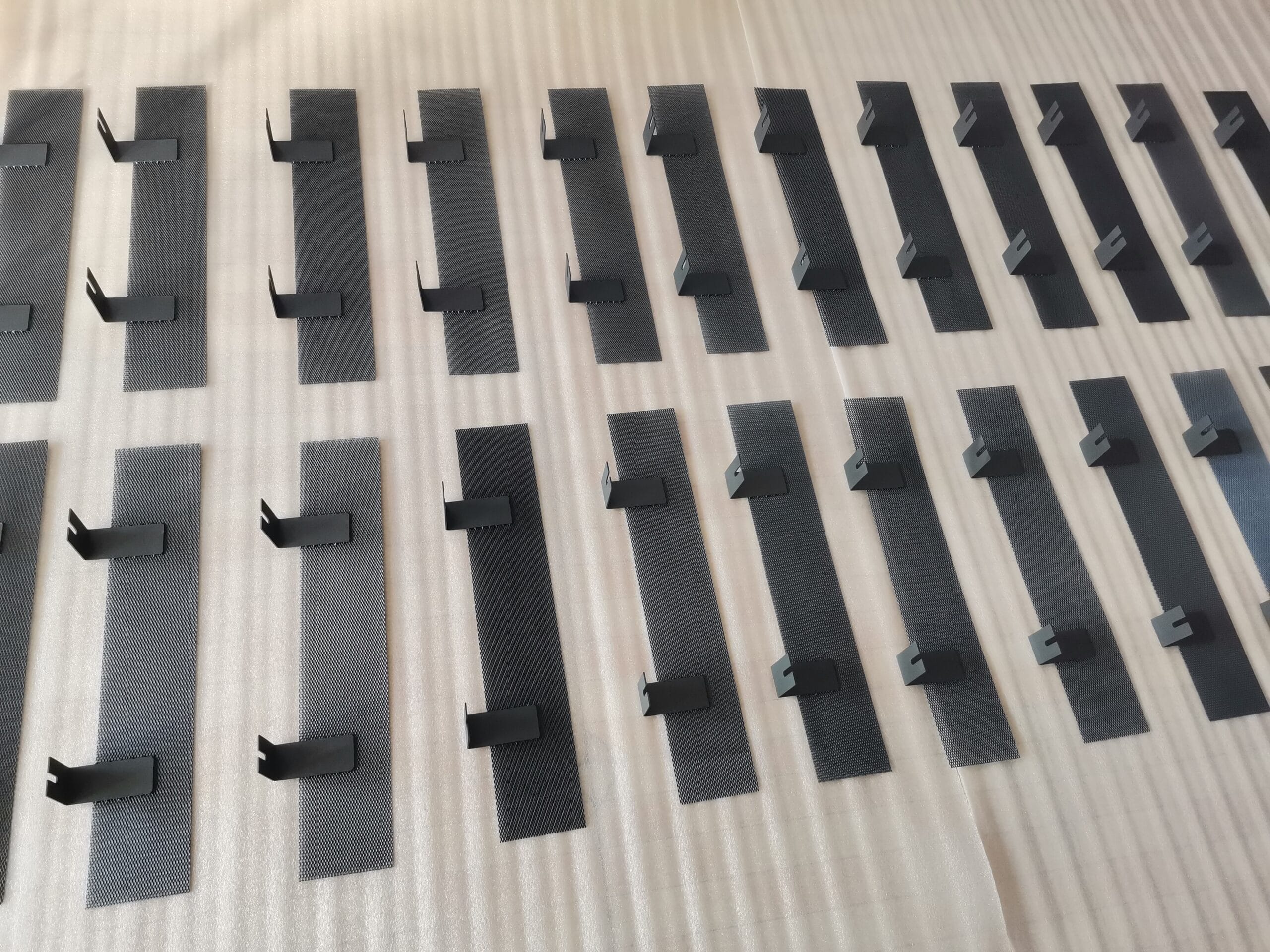
In the electrolysis of water, the anode is where the oxygen evolution reaction (OER) takes place (2H₂O → O₂ + 4H⁺ + 4e⁻, or 4OH⁻ → O₂ + 2H₂O + 4e⁻ depending on the electrolyte). This reaction requires a material that is not only a good electrocatalyst but also highly stable under strong oxidizing conditions.
Based on my experience and as stated in my initial insight, "Titanium anodes, especially when coated with mixed metal oxides (MMO) like IrO₂ or RuO₂, are ideal for water electrolysis." This is the most widely adopted and effective anode material for modern water electrolyzers, particularly for Proton Exchange Membrane (PEM) and alkaline electrolysis systems.
Here’s a breakdown:
- Titanium Substrate: The base material is high-purity titanium. Titanium is chosen for its excellent corrosion resistance in various electrolytes, its good electrical conductivity (though not as high as copper, it’s sufficient), and its mechanical strength and stability. It forms a passive, protective oxide layer.
- Mixed Metal Oxide (MMO) Coating: The surface of the titanium is coated with a layer of specific metal oxides that act as catalysts for the OER.
- Iridium Oxide (IrO₂): This is one of the most effective and stable OER catalysts, especially in acidic environments found in PEM electrolyzers. It offers a good balance of activity and durability.
- Ruthenium Oxide (RuO₂): Also a very active OER catalyst, often used in combination with other oxides. It can be very effective, though sometimes less stable than IrO₂ under certain conditions.
- Mixtures: Often, a combination of these and other oxides (like Tantalum Oxide – Ta₂O₅ for stabilization) is used to optimize performance, stability, and cost.
As I mentioned, I often recommend these MMO-coated titanium anodes for applications like hydrogen production and alkaline water splitting because they "ensure stable oxygen evolution while minimizing side reactions and electrode wear." This direct experience with clients customizing these anodes for various electrolysis systems, sourced from China’s leading titanium manufacturers, reinforces their suitability and effectiveness.
Conclusion
Titanium anodes, especially when MMO-coated, are indeed highly effective for water electrolysis. Their exceptional corrosion resistance, catalytic efficiency, and long-term durability make them a smart choice for reliable hydrogen and oxygen production.

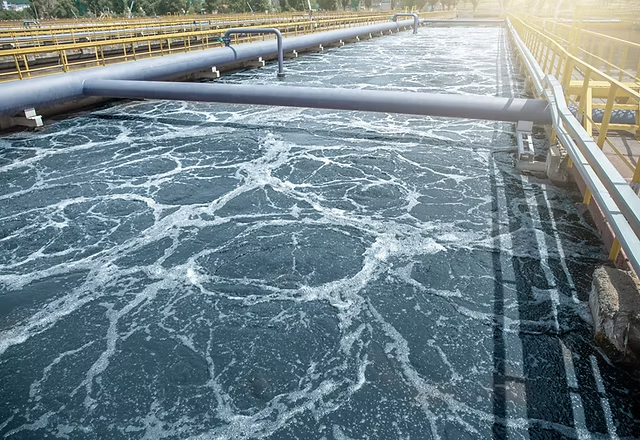


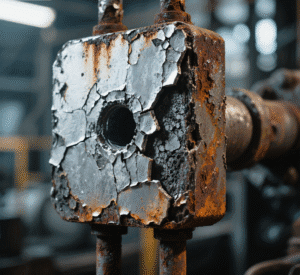
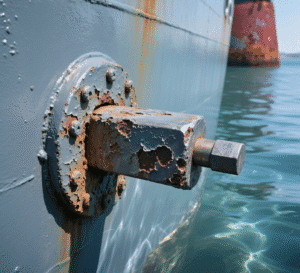

2 Responses
Interesting post, just wondering is there any way to clean these plates after using them for a few years?
Hello Bernard Whelan, Glad to get your questions about the clearning. I have wrote you a email for the Titanium Anode Maintenance and Usage Guide with file. Please check it and have a good day!